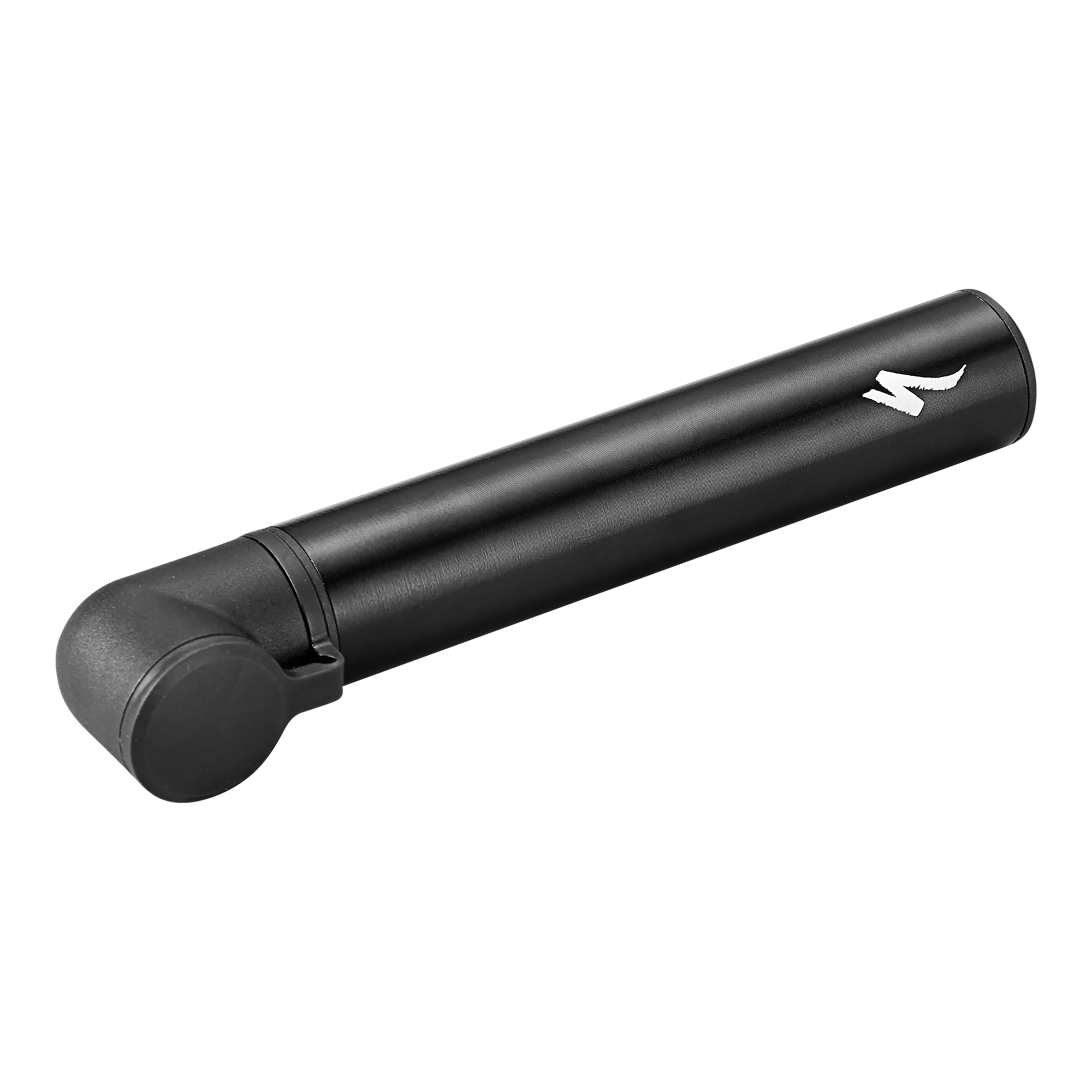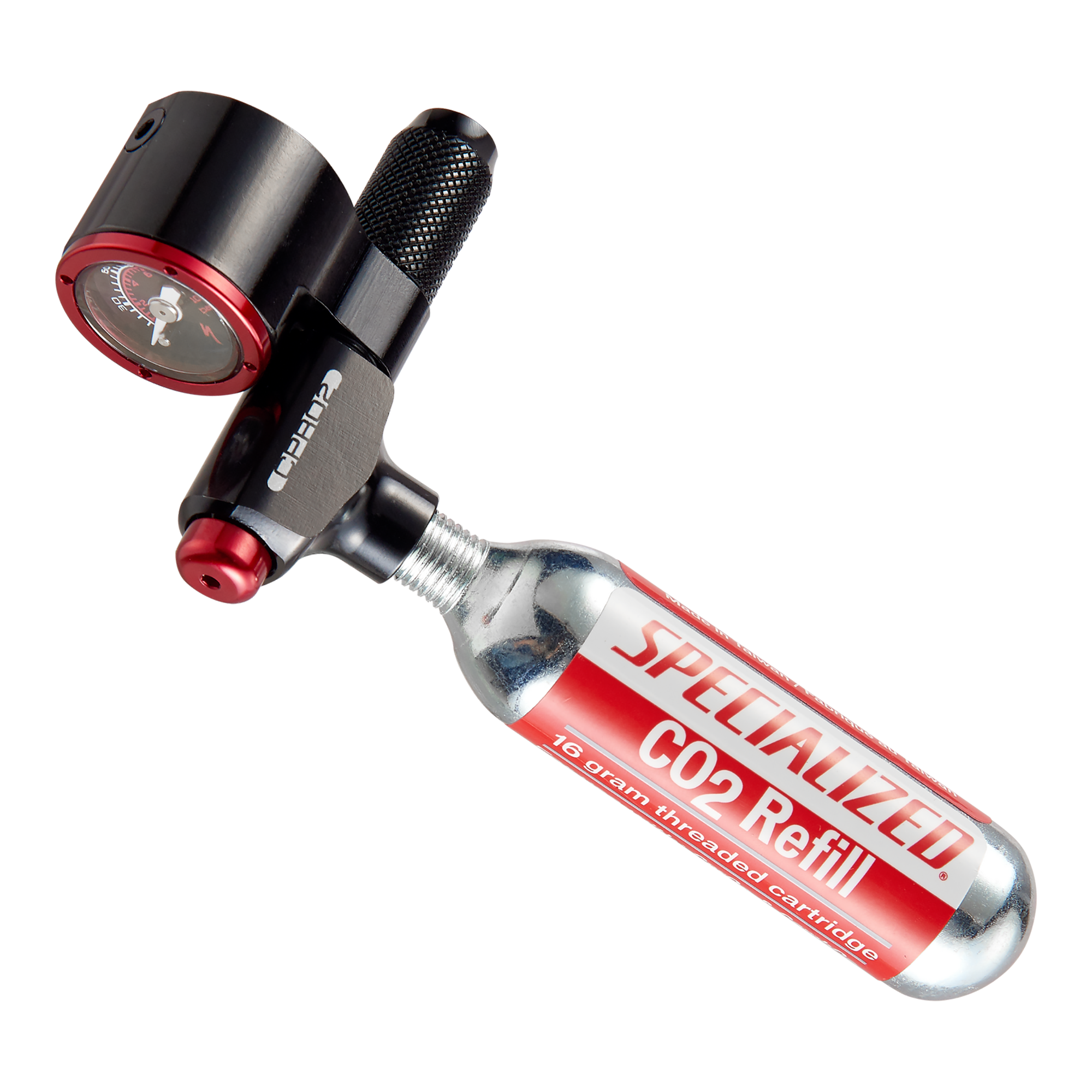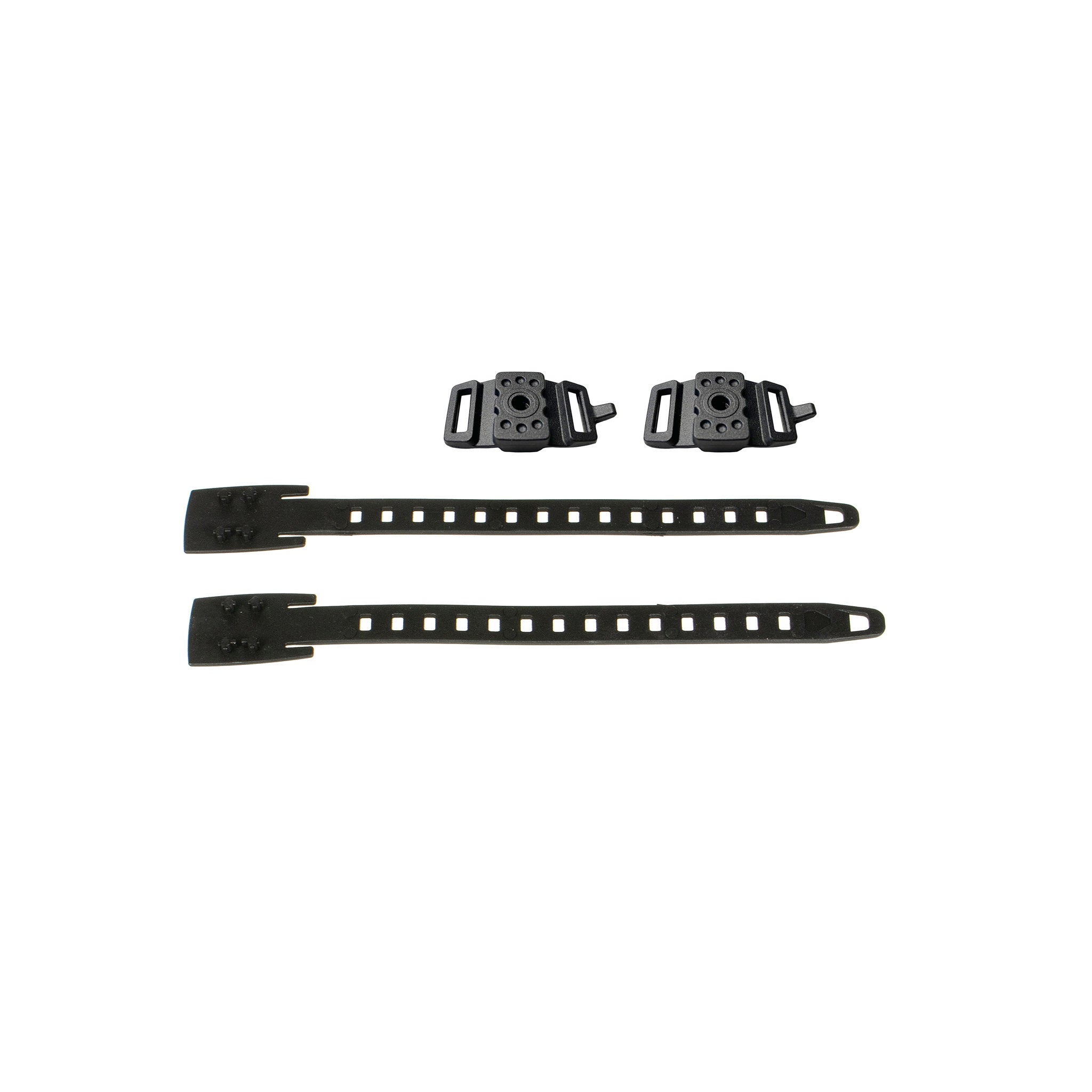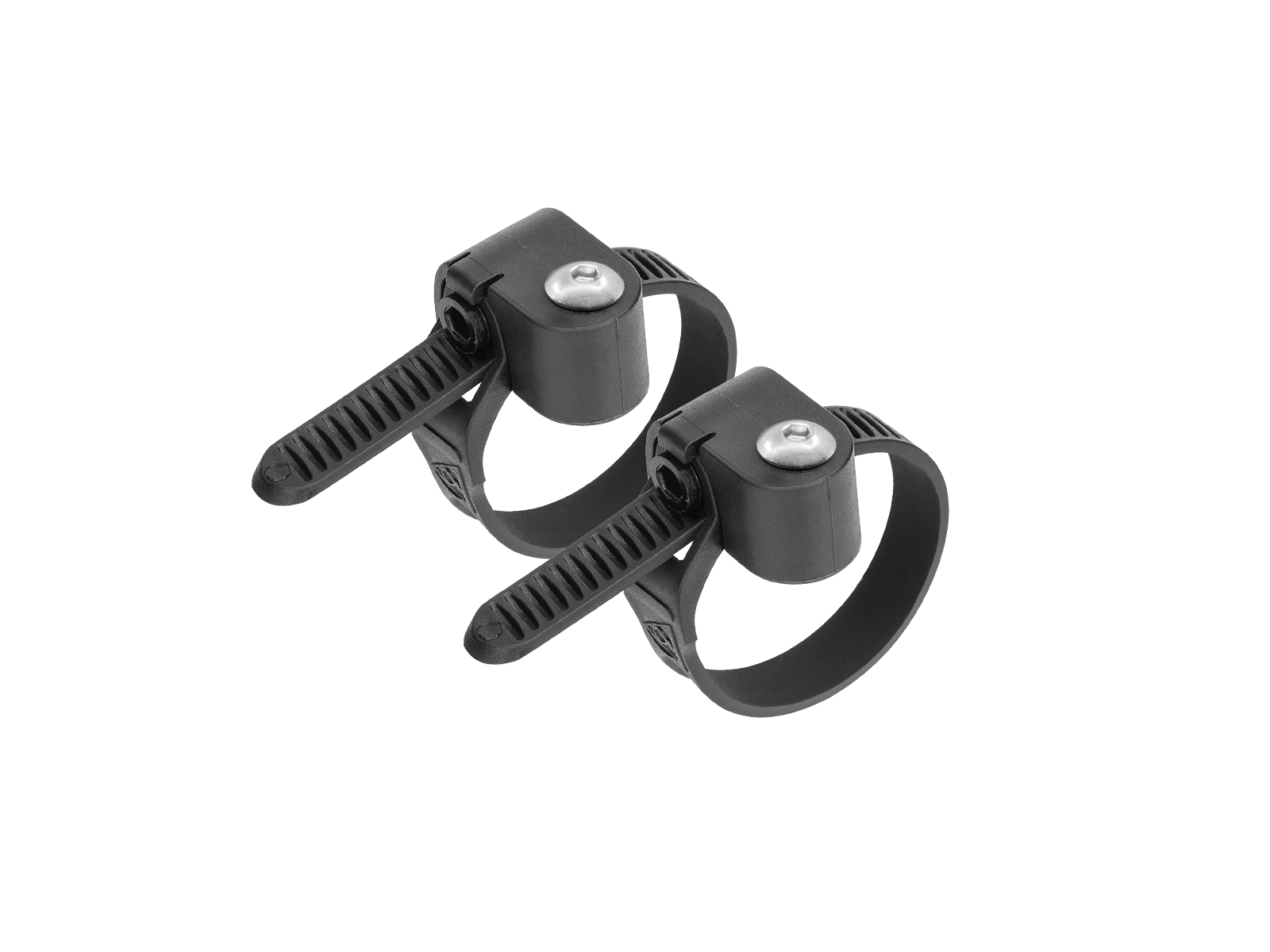Jeremy McCreary
Bought it anyway
- Region
- USA
- City
- Carlsbad, CA
Anyone have experience with the following Specialized tire accessories?
1. Considering the $30, 60 psi, 55 cc/stroke hand pump below for the tubeless 38 mm Pathfinder Pros on my Vado SL 1. Comes with a holder I'd mount on my currently unused top-tube bottle bosses.

 www.specialized.com
www.specialized.com
2. Also considering this $35 CO2 trigger with gauge. Have yet to actually use CO2, but this looks a lot more convenient than the MSW CO2 adapter I already have.

Open to similarly priced alternatives. Thanks!
1. Considering the $30, 60 psi, 55 cc/stroke hand pump below for the tubeless 38 mm Pathfinder Pros on my Vado SL 1. Comes with a holder I'd mount on my currently unused top-tube bottle bosses.

Air Tool MTB Mini Pump
Small, efficient, reliable—the three key features of the Air Tool MTB Mini pump. With the inverted dual chamber design, this pump moves 20% more air per...
2. Also considering this $35 CO2 trigger with gauge. Have yet to actually use CO2, but this looks a lot more convenient than the MSW CO2 adapter I already have.

Open to similarly priced alternatives. Thanks!



